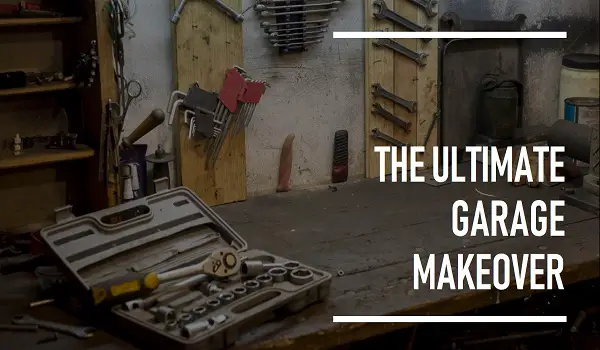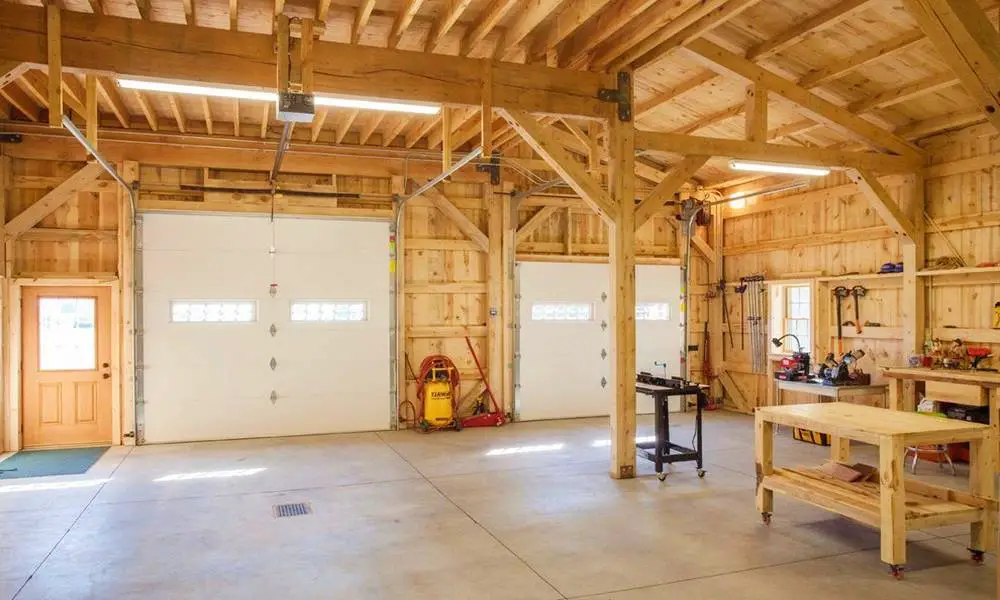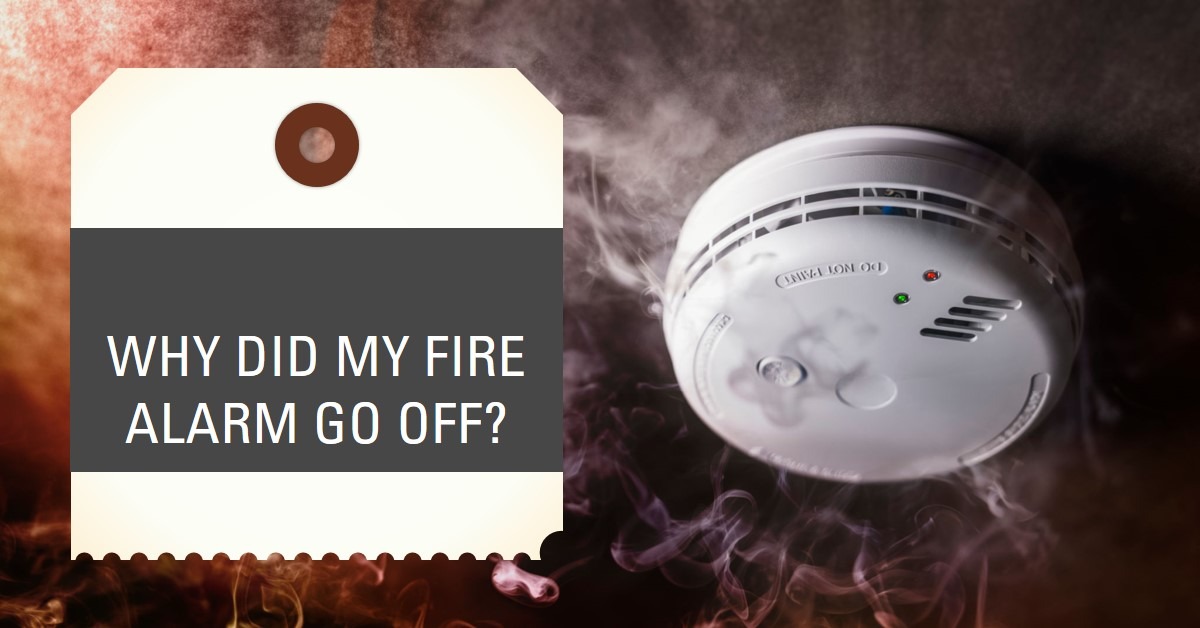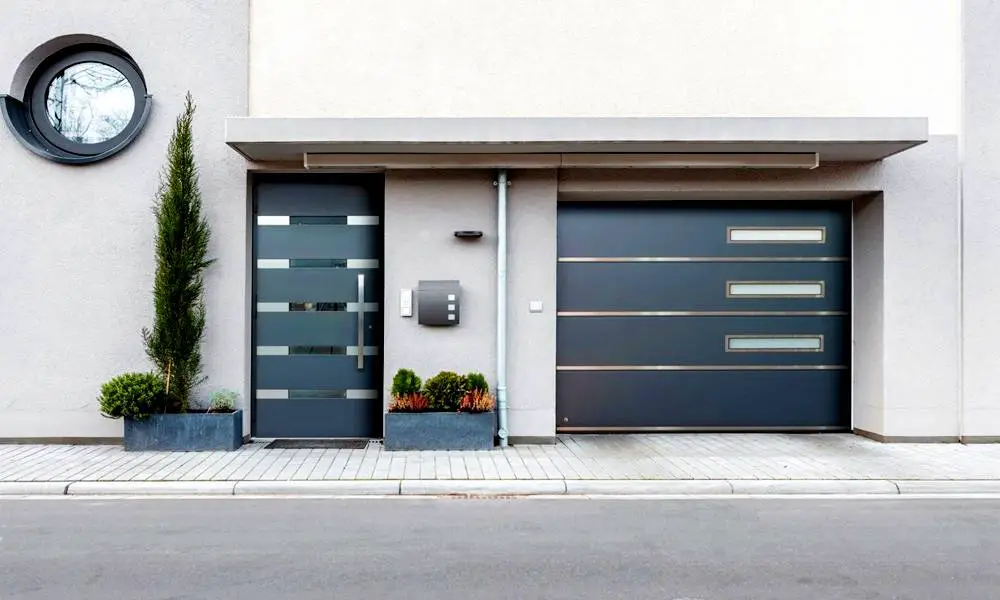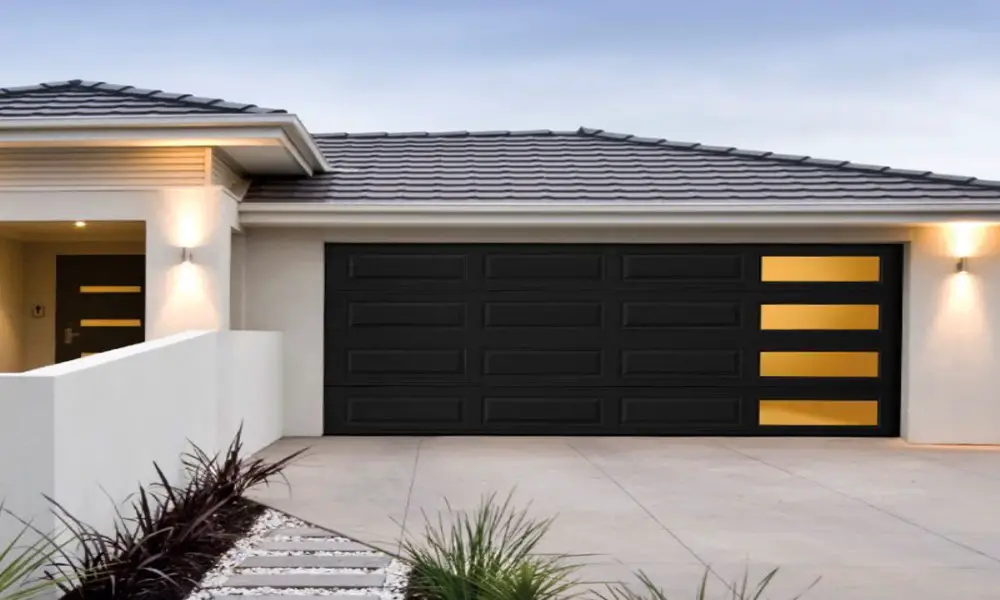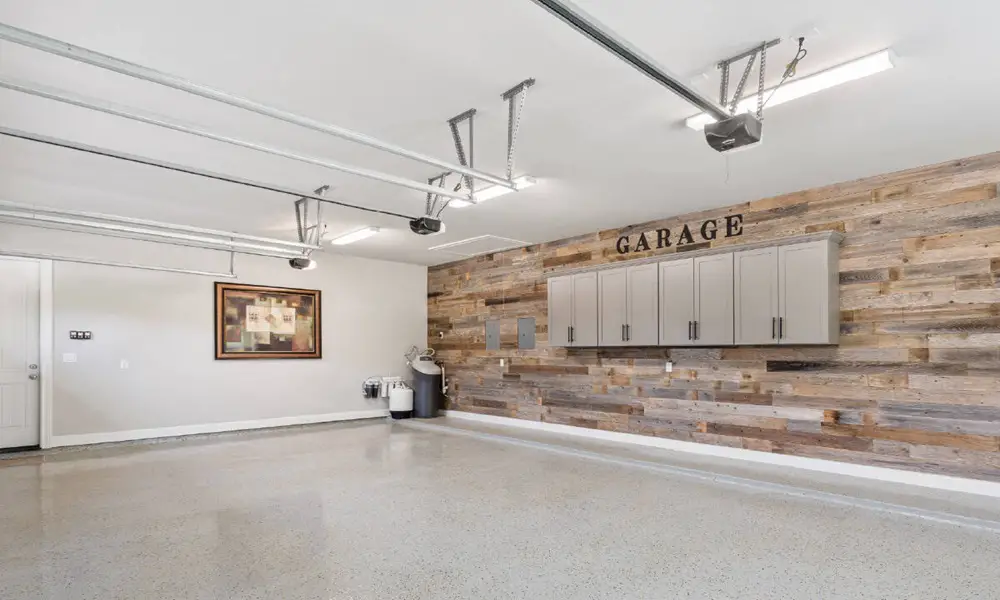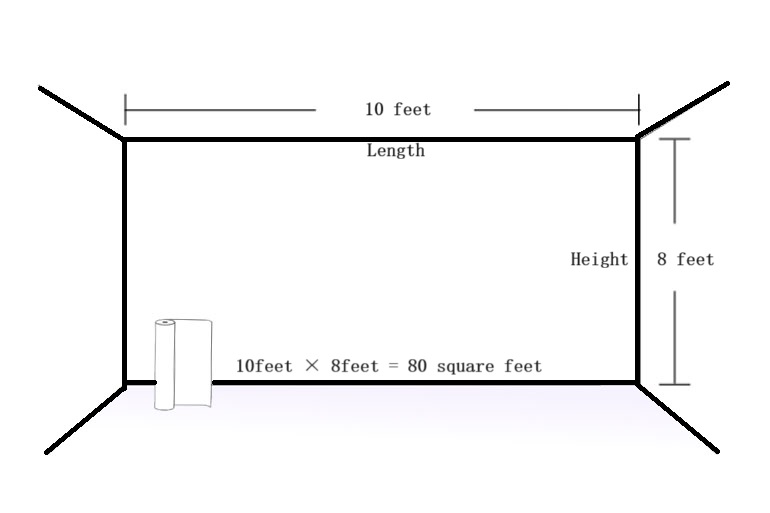Plywood Walls Instead of Drywall: A Comprehensive Guide
When it comes to interior and exterior wall materials, the choice between plywood walls and traditional drywall can be a […]
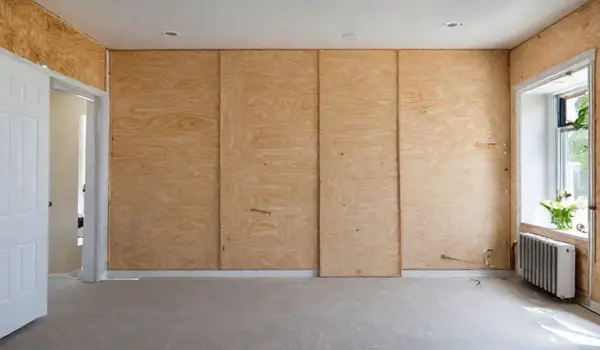
When it comes to interior and exterior wall materials, the choice between plywood walls and traditional drywall can be a challenging decision.
Each option has its own set of advantages and drawbacks. In this comprehensive guide, we will explore the world of plywood walls, highlighting the benefits and drawbacks, different types of plywood, installation procedures, cost considerations, and various creative ideas for incorporating plywood into your home.
Whether you’re considering a renovation or building from scratch, this article will equip you with the knowledge you need to make an informed decision regarding plywood walls.
What are Plywood Walls?
Plywood walls are constructed by attaching sheets of plywood to wall studs or framing.
These sheets are typically made from thin layers of wood veneer that are glued together, with each layer’s grain orientation rotated 90 degrees to the adjacent one.
This cross-grain construction enhances the structural integrity and stability of plywood.
What are the Benefits of Using Plywood Walls Instead of Drywall?

1. Strength and Durability
Plywood is known for its strength and durability. It can withstand heavy impacts and is less prone to damage than drywall. This makes it an excellent choice for high-traffic areas.
2. Versatility
Plywood can be used for both interior and exterior walls. It can be painted, stained, or finished in various ways to suit your design preferences.
3. Fire Resistance
Some types of plywood have natural fire resistance, which can be a significant advantage in terms of safety.
4. Insulation Properties
Plywood offers good insulation properties, helping to maintain a comfortable temperature inside your home and reduce energy costs.
5. Soundproofing
Plywood’s thickness and density make it an effective sound insulator, perfect for creating quieter rooms.
6. Low Maintenance
Plywood walls are easy to maintain and repair. Unlike drywall, they are less susceptible to dents and holes.
What are the Drawbacks of Using Plywood Walls Instead of Drywall?

While plywood walls offer numerous benefits, they also come with some drawbacks to consider:
1. Cost
Plywood can be more expensive than drywall. However, the long-term durability and other advantages may justify the initial investment.
2. Weight
Plywood is heavier than drywall, so proper support and framing are essential.
3. Aesthetic Variability
The appearance of plywood can vary depending on the type and quality. Some may prefer the natural look, while others may opt for a more finished appearance.
Types of Plywood
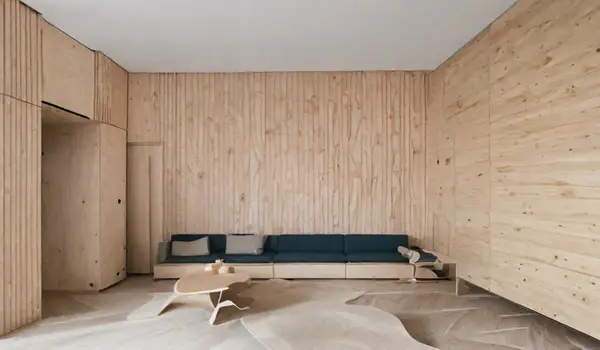
Plywood, a highly versatile material, comes in various types, each expertly designed to cater to specific needs and applications.
Let’s delve deeper into these plywood categories to better understand their unique characteristics and ideal uses.
1. Softwood Plywood
Softwood plywood is derived from softwood trees such as pine, cedar, or fir. It is a popular choice for projects where structural integrity and durability are paramount.
Common applications include sheathing for roofs and walls, subflooring, and exterior siding. Its strength and affordability make it a dependable option for construction projects, whether residential or commercial.
Softwood plywood is an excellent choice when you need a robust foundation that can withstand the rigors of various climates and structural loads.
2. Hardwood Plywood
Hardwood plywood is crafted from the lumber of hardwood trees like oak, birch, maple, and cherry. This type of plywood is valued for its exceptional aesthetics, making it ideal for decorative and high-end projects.
Furniture makers, cabinet builders, and interior designers often turn to hardwood plywood for its durability and the ability to take on a polished finish.
It is a canvas for exquisite woodworking, enabling the creation of elegant and timeless pieces that exude sophistication. When you desire both strength and beauty in your woodwork, hardwood plywood is the natural choice.
3. Exterior Plywood
Exterior plywood is engineered to endure the harsh elements of the great outdoors. Designed to withstand rain, snow, wind, and UV exposure, it is the go-to choice for applications beyond the confines of indoor spaces.
This resilient plywood is frequently used for outdoor projects like siding, roofing, and decking. It offers reliable protection against the elements, ensuring that your structure remains sound and visually appealing over time.
When you’re constructing a house, shed, or any outdoor structure, exterior plywood is your ally in battling nature’s forces.
4. Interior Plywood
Interior plywood is specifically tailored for projects within the climate-controlled environments of your home or office.
It is commonly employed in crafting cabinets, countertops, and, notably, interior walls. This type of plywood offers a versatile canvas for creative expression, enabling you to design spaces that reflect your unique style.
The smooth and unblemished surface of interior plywood readily accepts various finishes, paints, and stains. Whether you’re renovating your kitchen, creating a custom bookshelf, or adding a decorative touch to your walls, interior plywood provides the foundation for your interior design vision.
5. Marine Plywood
Marine plywood stands out as a specialty product renowned for its exceptional resistance to moisture. This makes it an optimal choice for projects that encounter water or high humidity levels, such as boat construction, docks, and bathroom applications.
Marine plywood is designed to withstand prolonged exposure to moisture without delaminating or losing its structural integrity.
Its construction typically involves durable adhesive bonds and superior veneer quality, ensuring longevity even in the most demanding marine environments. If you’re setting sail on a nautical project, marine plywood is the sturdy and dependable anchor you seek.
Plywood Wall Installation
Before diving into the installation process, let’s consider the tools and materials you’ll need.
Tools and Materials
- Plywood sheets
- Stud finder
- Circular saw
- Screws or nails
- Level
- Tape measure
- Adhesive
- Sandpaper
- Paint or finish
Preparation
- Begin by locating and marking the wall studs. This will serve as the foundation for attaching the plywood.
- Measure and cut the plywood sheets to the desired dimensions, ensuring they fit snugly against the wall.
- Apply adhesive to the back of the plywood sheets to ensure a strong bond.
Installation Tips
- Attach the plywood to the wall studs using screws or nails at regular intervals to secure it firmly.
- Use a level to ensure the sheets are installed evenly and vertically.
- Sand the surface to achieve a smooth finish, and then paint or finish the plywood to your liking.
Finishing
Once the plywood is securely installed, you can apply your chosen finish or paint to achieve the desired aesthetic. This is where plywood’s versatility truly shines, allowing you to customize the look to match your style.
Plywood Wall Ideas

Plywood is a versatile material that can transform the look and functionality of your living space. With its adaptability and charm, plywood walls open the door to numerous creative interior and exterior design possibilities.
Here are some innovative ideas to inspire your next project:
1. Plywood Accent Wall
Create a dramatic focal point in your home by installing a plywood accent wall. The beauty of this concept lies in its flexibility.
You can choose from various finishes and patterns to achieve a unique, eye-catching design. Whether you opt for a natural wood finish, a geometric pattern, or a painted mural, a plywood accent wall adds depth and character to your space.
It’s an excellent way to express your personal style and make a lasting impression in your living room, bedroom, or any area you choose.
2. Plywood Garage Wall
Upgrade your garage with the strength and durability of plywood garage walls. Plywood offers a resilient solution for a space that often endures heavy use.
Mounting tools, storage shelves, and cabinets becomes a breeze when you have sturdy plywood walls to support them. The result is a well-organized, functional garage that not only provides ample storage but also stands the test of time.
The natural wood aesthetic can transform your garage from a utilitarian space to one that’s both functional and visually appealing.
3. Plywood Bathroom Vanity
Design a modern and minimalist bathroom with a touch of warmth by using plywood to construct a sleek and stylish vanity.
Plywood’s natural wood grain adds a comforting element to your bathroom decor. Its durability makes it an ideal choice for withstanding the demands of daily use. You can opt for a simple, clean-lined design or get creative with unique shapes and finishes.
Plywood bathroom vanities combine form and function, offering a blend of aesthetics and practicality that elevates your daily routine.
4. Plywood Bedroom Headboard
Personalize your bedroom with a plywood headboard that’s truly one of a kind. Whether you’re aiming for a rustic, contemporary, or bohemian look, plywood provides a versatile canvas for your creativity.
You can choose to leave the plywood in its natural state, stain it to highlight the wood’s rich tones, or paint it to match your bedroom’s color scheme.
The headboard becomes a statement piece that reflects your unique style and can easily be updated whenever you’re ready for a change. This DIY project allows you to add character to your bedroom without breaking the bank.
5. Plywood Shiplap Walls
Achieve a rustic and charming look in any room by installing plywood shiplap walls. Shiplap is a timeless design choice that instantly adds character and warmth to your space.
Whether you prefer the classic white shiplap look or want to experiment with bold colors, plywood shiplap provides the foundation for this popular design trend.
It’s an excellent option for living rooms, bedrooms, or even bathrooms, offering a cozy and inviting atmosphere that blends well with a variety of decor styles.
Conclusion
Choosing plywood walls instead of drywall can be a rewarding decision for your home. The benefits of strength, versatility, fire resistance, insulation, soundproofing, and low maintenance make plywood a formidable contender.
It’s essential to weigh these advantages against the potential drawbacks, including cost and aesthetic variability.
When considering the installation of plywood walls, follow the proper procedure, and consider the type of plywood that best suits your project’s needs. The possibilities for creative and unique designs are virtually endless, allowing you to personalize your living space with plywood.
Whether you’re seeking durability, fire resistance, or a platform for your artistic expression, plywood walls offer a dynamic solution.
Embracing the versatility of plywood walls instead of drywall can truly transform your space and elevate the comfort and style of your home. Make the switch to plywood walls and experience the difference today!
Laura Linney
As an expert in the field of garage walls, I have extensive knowledge and experience in enhancing the aesthetic appeal and functionality of these spaces through color and decoration. I specialize in creating visually appealing and practical designs that transform garages into inviting and organized environments.
